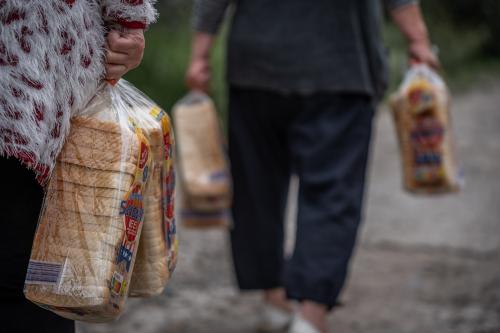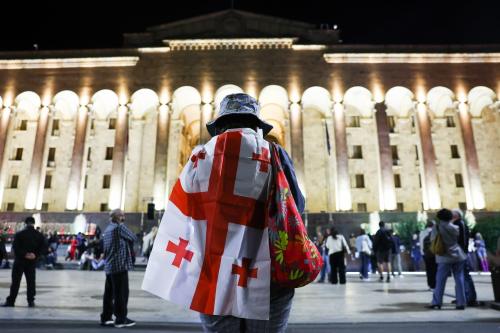The levels of violence in Honduras are shocking. In 2012, there were 85.5 murders per 100,000 people—the highest murder rate in the world. In comparison, Central America’s average is 42, Latin America’s is 25 and the US murder rate is 4.7. The violence is the result of a toxic combination of weak governments, corruption, striking economic inequality, narcotrafico, the proliferation of arms, and the deportation of tens of thousands of Central Americans from the US, many of whom recreated Los Angeles gang structures in the region. These transnational criminal organizations control territory and kill or displace people who stand in their way. No one is keeping track of how many people are being displaced, though there are many newspaper reports and personal accounts of people who have had to flee. Someone tells me that there are neighborhoods in Honduras where all the houses are empty. People left because of the violence, threats and insecurity. My taxi driver this morning says that he and his family plan to sell everything they own and leave; living in constant fear is no way to raise two teenaged daughters, he says.
As I talked with human rights activists, government authorities and academics about internal displacement from organized criminal violence, I kept thinking about witness protection programs which I’ve only read about in novels. People need to be moved for their own safety and need to move to places where they can’t be traced or followed. This has particular consequences for policies to protect internally displaced persons (IDPs) from criminal violence and for finding durable solutions to displacement. As long as the gangs control territories from which people are displaced and continue to pose a threat to them, they cannot safely return to their communities.
According to the Framework for National Responsibility, perhaps the first step for a government to exercise its responsibility toward IDPs is to recognize that internal displacement is occurring. The Honduran government took the step, with support from UNHCR, to organize a workshop on forced displacement and protection needs. And two days ago the Honduran government established an inter-agency National Commission on Forced Displacement charged with studying and monitoring displacement, but also with developing laws, policies and practical mechanisms to respond to their needs. These are impressive first steps which will hopefully encourage other governments in and beyond the region to consider the needs of those displaced by gang violence in their countries. But whether these first steps lead to concrete actions that protect desperate people fleeing criminal gangs is still an open question, particularly in light of upcoming elections in a few weeks’ time. I was glad to see that UNHCR is organizing a network of civil society organizations to work on forced displacement issues and hope that these organizations can keep the spotlight on the needs of IDPs.
Thirty years ago, Latin America took the lead in developing a new legal instrument to meet the particular needs of those displaced by brutal conflicts in Central America by adopting the Declaración de Cartagena. Once again, Latin America is breaking new conceptual ground by recognizing the importance of displacement by criminal gangs. This is not just a Central American phenomenon; South American governments such as Brazil and Colombia also confront gang violence and could join this initiative. Wouldn’t it be wonderful if on the 30th anniversary of the Declaración de Cartagena, Latin American governments could offer a joint statement – or even better, a binding legal instrument – to address this phenomenon? This would be not only a fitting birthday tribute to the Declaración de Cartagena but also a contribution to the world.
The Brookings Institution is committed to quality, independence, and impact.
We are supported by a diverse array of funders. In line with our values and policies, each Brookings publication represents the sole views of its author(s).



Commentary
Criminal Violence and Displacement: Notes from Honduras
November 8, 2013